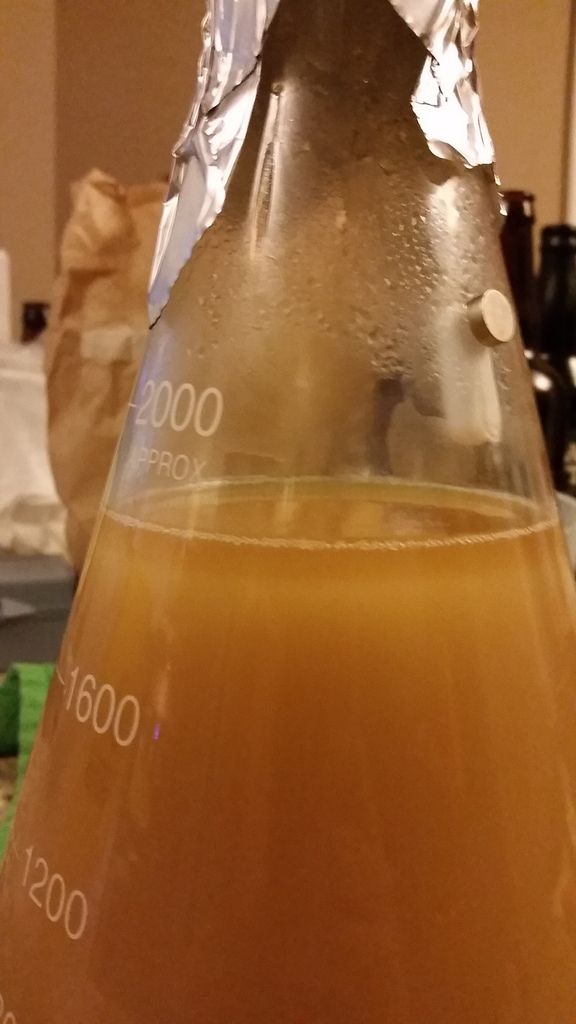Friday night I made a yeast starter from one packet of WY1028 London Ale for a beer I brewed yesterday. This morning after 2.5 days on the stir plate I do not see signs of any krausen but I do see some signs of fermentation from the co2 condensation on the neck of the flask. Before leaving for work I placed the flask in the refrigerator to cold crash the yeast so I can decant prior to pitching when I get home later this evening. I am a little nervous about pitching this starter after seeing very little signs of fermentation while on the stir plate. The yeast was 90 days old so I made a 1.9L starter @ an OG 1.040. I have 5 gallons of 1.057 wort waiting at home in my fermentation chamber but do not know if I should use this starter or just grab some Notty or S04 on the way home and use that instead. any feedback is appreciated 




